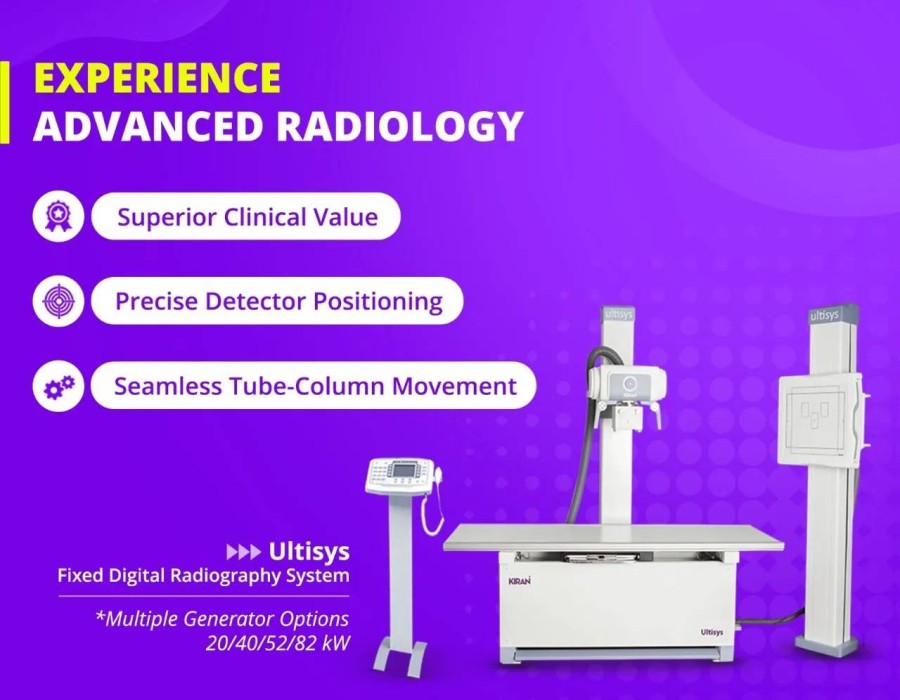The focus on sustainability in healthcare has prompted scrutiny of the environmental impact of medical technologies like radiography machines. Traditional systems, reliant on film-based imaging, posed significant environmental challenges due to chemical usage and energy consumption. However, modern radiography machines have evolved to mitigate these concerns through digital technology, energy efficiency, and recyclable components.
Digital radiography has replaced film-based systems, reducing chemical waste and enabling immediate image preview, thus minimizing repeat exposures. Energy-efficient designs in newer machines contribute to reduced power consumption, benefiting both operational costs and environmental footprints. Additionally, the shift to digital technology has minimized hazardous material usage, making radiography safer and more sustainable.
Trivitron Healthcare leads in sustainable medical imaging, offering digital radiography systems designed with environmental considerations. Their energy-efficient machines and recyclable components align with sustainability goals, providing high-quality imaging while minimizing environmental impact.
While initial costs for advanced radiography machines may be higher, their long-term economic and environmental benefits make them a worthwhile investment. Trivitron Healthcare's competitive pricing ensures accessibility to sustainable technologies without compromising financial viability.
Looking ahead, the future of sustainable radiography lies in ongoing innovation, including AI integration and further reductions in environmental impact. AI-driven optimizations and advancements in materials will continue to enhance diagnostic capabilities while promoting environmental stewardship.
In conclusion, modern radiography machines play a crucial role in advancing sustainable medical imaging. With Trivitron Healthcare's leadership and ongoing technological developments, the healthcare industry can embrace eco-friendly practices without sacrificing diagnostic accuracy or financial viability.





Comments